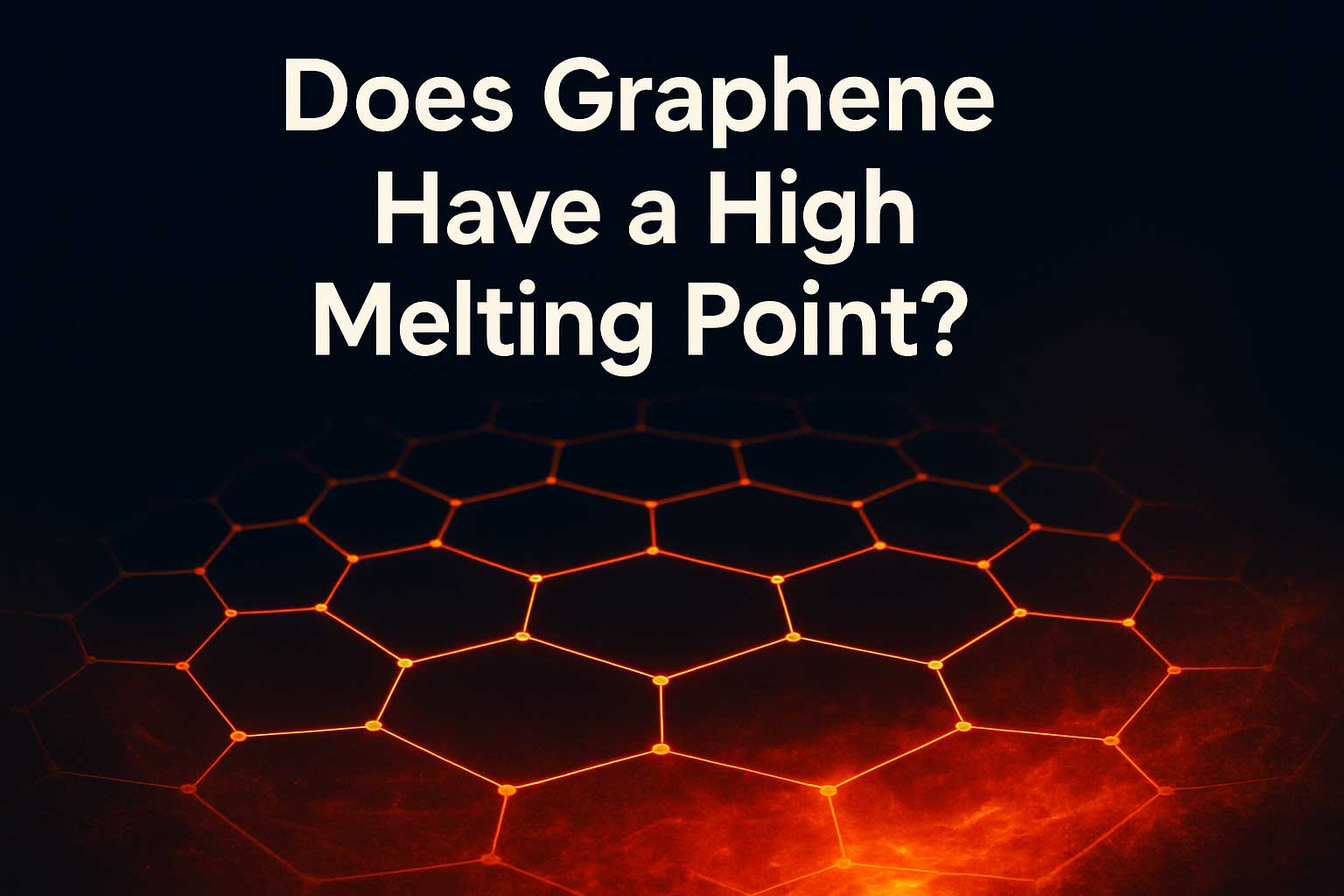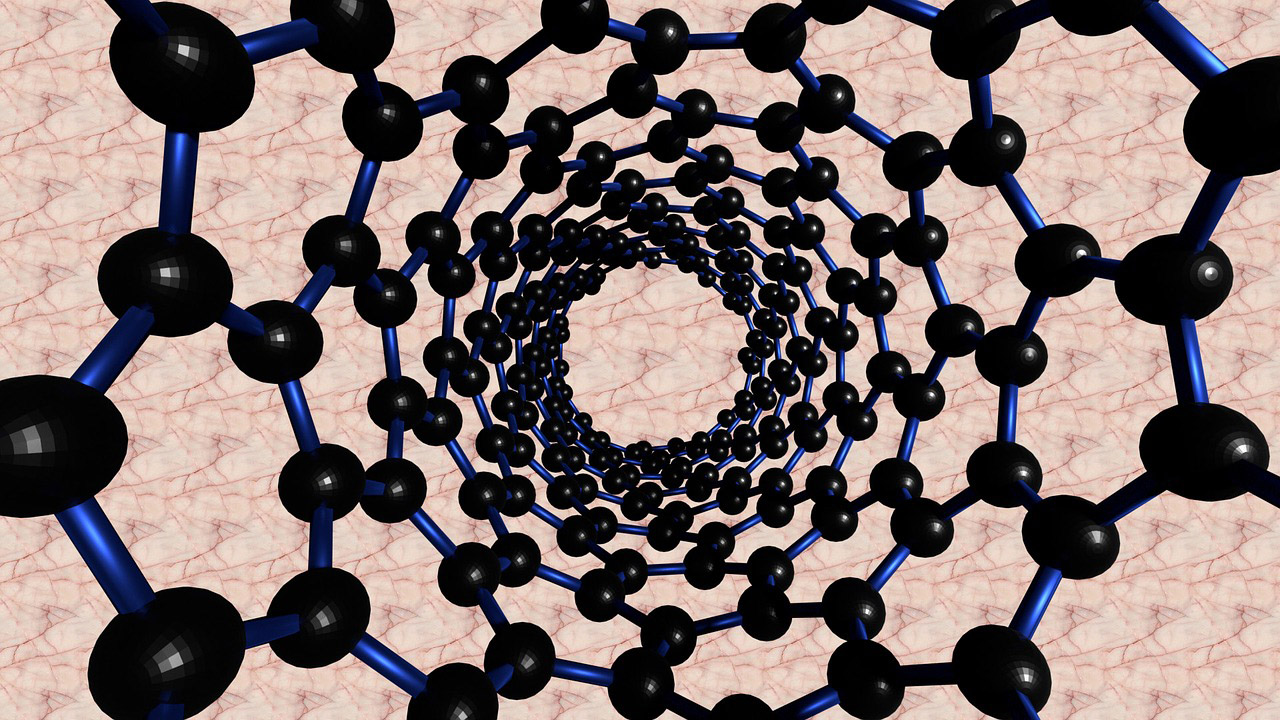Graphene paint is now possible using Hydrophilic Oxidized Graphene
Due to extraordinary mechanical, electronic and optical properties of the Graphene, market is now attracted towards the practical applications in the industries. Although the applications of Graphene are promising yet there are some limitations of Graphene that require modern approaches for the use. Researchers have been working on solving the restrictions regarding Graphene i.e. dispersing in the water.
Applications of Graphene
You can consider Graphene as the 2-D sheet of the carbon atoms. The arrangement of carbon atoms in the Graphene forms a hexagonal pattern. There are several industrial and commercial applications of the Graphene including the use in batteries and solar panels and transistors.
For the use of Graphene as the paint and automobile coating, Graphene oxide is a derivative of the material but it is stable for water dispersion. There is a lot of enthusiasm for the utilization of Graphene as a paint coating material or as an added substance for improving the presentation of different covering technologies. Specifically, a few methodologies have been taken to create Graphene-based anti-corrosion coatings.
How Graphene Paint is Possible?
Graphene is raw form may not serve as the affective coating material so some chemical modifications can do the job. Graphene is incredibly flexible, lightweight and thin. Despite of being extremely flexible, Graphene is still stronger than many other coating materials.
Dispersion of Graphene in the water could get us the accurate configuration of the carbon atoms formation. This Graphene oxide solution than can be used to paint different types of materials and surfaces using Hydrophilic Oxidized Graphene.
Dispersion of Graphene in Water
Like other forms of the carbon, Graphene is also having the same formation of atoms like graphite and carbon nanotubes. The hydrophobic nature of Graphene indicates that it is going to repel the water. There are two ways to disperse Graphene in water:
Using extreme organic solvents for the dispersion of water in Graphene
Mechanical treatments
The use of organic solvents can be dangerous due to the toxic nature of the chemicals and the mechanical treatments may not be very effective. Instead of using simple Graphene for the paint, the advance approach is to use oxidized Graphene as it is hydrophilic. By combining the particles from different hydrophobic carbons with the oxidized Graphene, a stable form of Graphene can be formed to use for the paint applications.





Leave A Comment